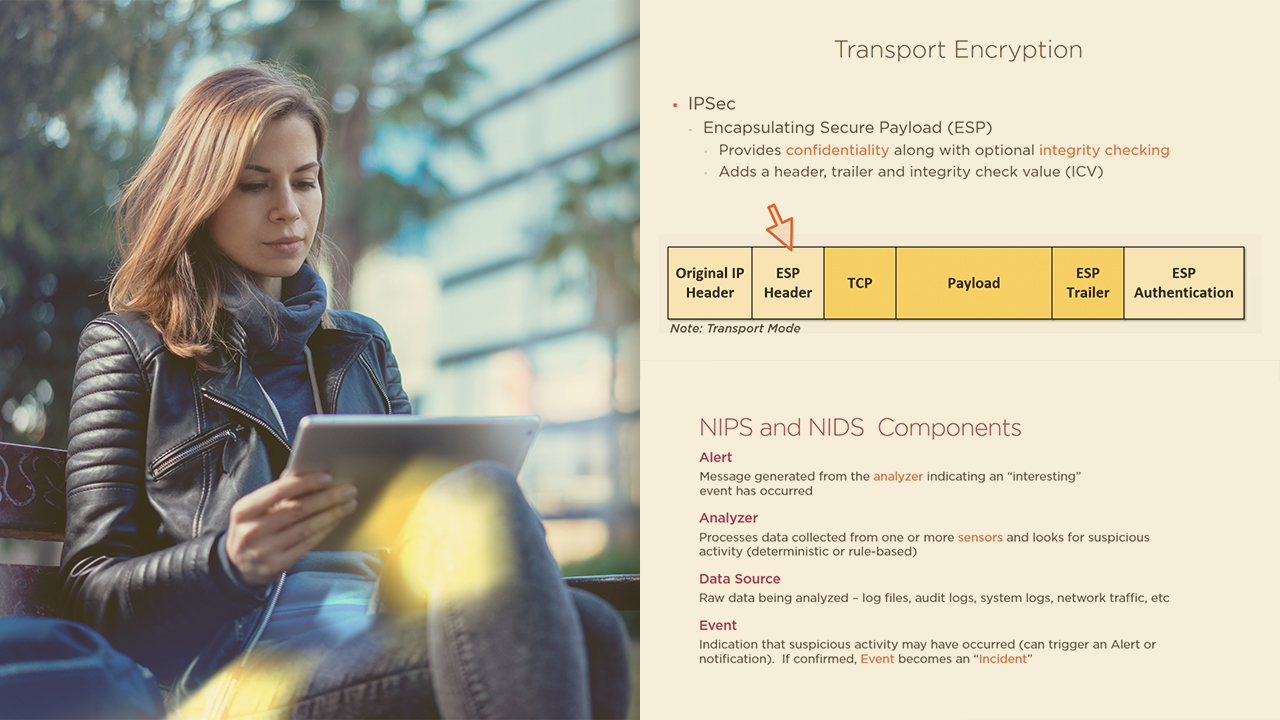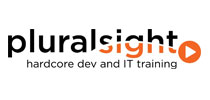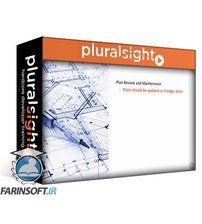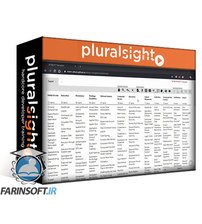جمع جزء: 895,000 تومان
- × 1 عدد: اتومات کردن اعتبار سنجی در فایروال های FortiGate - 179,000 تومان
- × 1 عدد: نحوه انجام Wireless Site Survey - 179,000 تومان
- × 1 عدد: توسعه برنامه های React فول استک - 179,000 تومان
- × 1 عدد: طراحی اتصال به شبکه Cisco CCNP Data Center - 179,000 تومان
- × 1 عدد: کورس Cisco Finesse - 179,000 تومان













